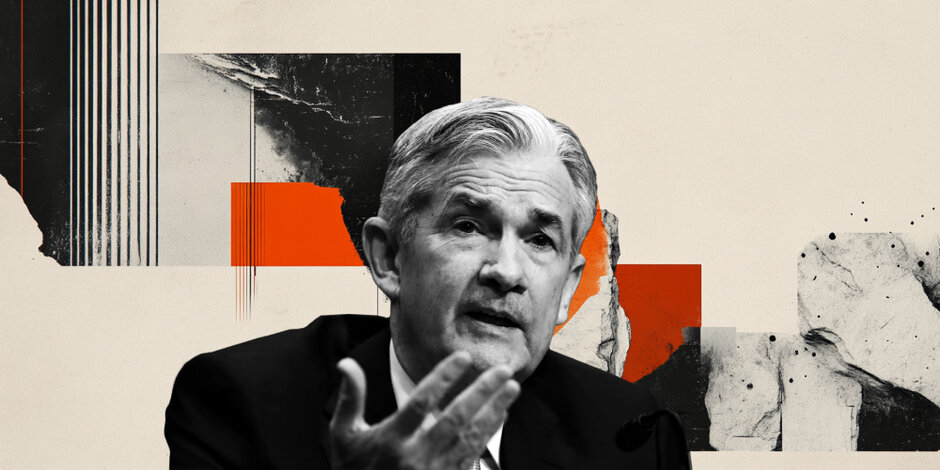FOMC hold rates steady, with Powell warning of stagflation fears
- DAX leads the way amid strong factory orders release.
- FOMC hold rates steady, with Powell warning of stagflation fears.
- BoE expected to cut rates as they react to US-led weakness.

The DAX leads in early European trade today, with the German bourse less than 1% away from hitting a fresh intraday record high. This comes off the back of yet another batch of upbeat data out of the German economy, with industrial production posting the strongest monthly gain since October 2021 (3%). Coming off the back of yesterday’s impressive 3.6% factory orders release, there is clearly a case for an uplift in economic activity within Europe’s largest economy. Interestingly, the breakdown in trade between the US and China could yet provide the basis for greater cooperation between the EU and the Asian powerhouse as highlighted by the UK-India trade agreement. Nations are clearly prioritising trade agreements in a bid to make up for the prospective loss of demand from the US, and this could come to the benefit of European output. Meanwhile, concerns around increased tariffs on German autos have been somewhat counteracted by the fact that Chinese cars will become significantly more expensive given the wider tariffs in place, making the likes of VW, Porsche, and Mercedes relatively more attractive compared to their Chinese rivals.
Yesterday FOMC meeting saw Powell push back against those expecting to see a sharp deterioration in rates over the near-term, with markets increasingly looking to towards July as the most likely next rate cut. The FOMC rate decision didn’t necessarily grab any headlines, but instead the focus was more on the outlook going forward. The huge uncertainty around the direction of travel for the US economy always meant that we were likely to see Powell take on a relatively cautious approach. Nonetheless, his warning that the bank remains fearful around inflation and growth do highlight how stagflation remains the single point of concern that needs to be resolved before we gain a better idea over the direction of travel for rates. Markets now price a mere 20% chance of a June rate cut, with that figure standing at 58% just a week ago. This undoubtedly remains open to adjustments over the course of the coming month, with any signs of economic deterioration playing a key role in driving shifts in rate expectations going forward.
The central bank theme continues once again today, with the Bank of England expected to enact their fourth rate cut of this cycle. Standing at 4.5%, the UK interest rates remain amongst the highest of the major central banks in the developed world. With the services PMI having collapsed into contraction territory, we have seen an end to a 17-month period of expansion for this critical sector. For the BoE, the US trade war does raise risks to growth, but there is a differential between the US and UK in the form of potential inflationary implications. Ultimately the UK benefits from the US efforts to lower energy prices, but without the inflationary effects faced by US consumers. This highlights why the BoE are likely to ease at a faster pace to the US, with today’s rate cut expected to represent the first of four rate cuts before year-end.
Author

Joshua Mahony MSTA
Scope Markets
Joshua Mahony is Chief Markets Analyst at Scope Markets. Joshua has a particular focus on macro-economics and technical analysis, built up over his 11 years of experience as a market analyst across three brokers.

















